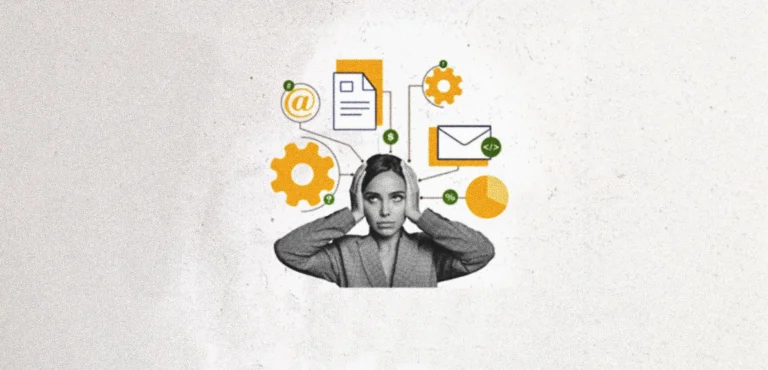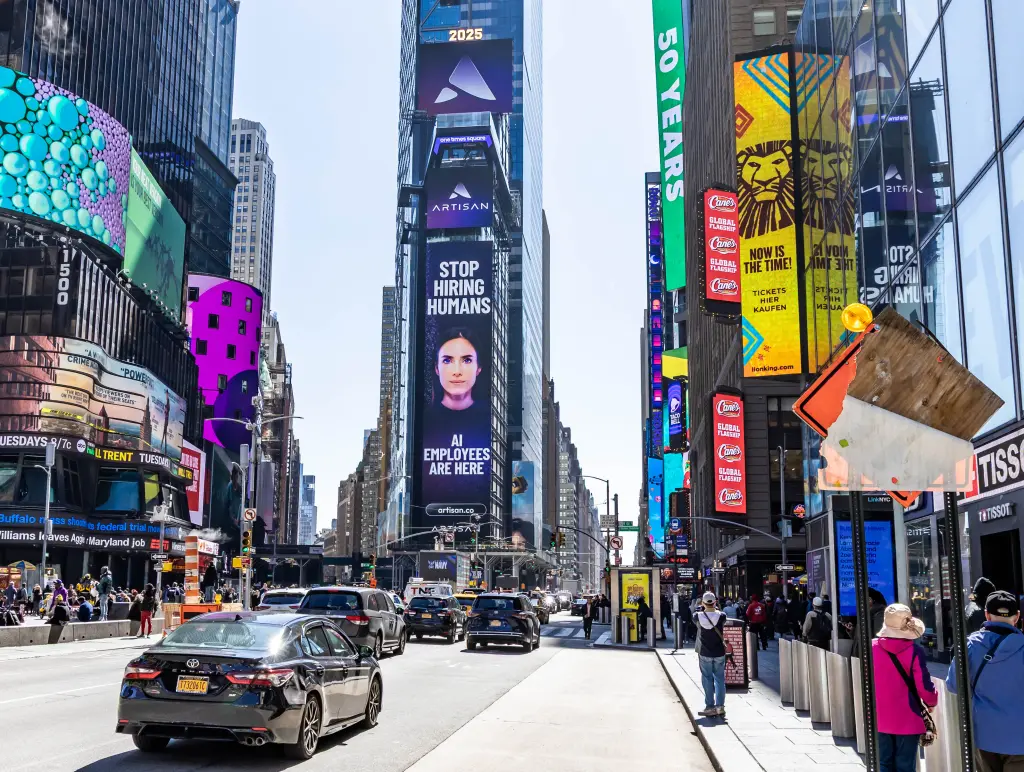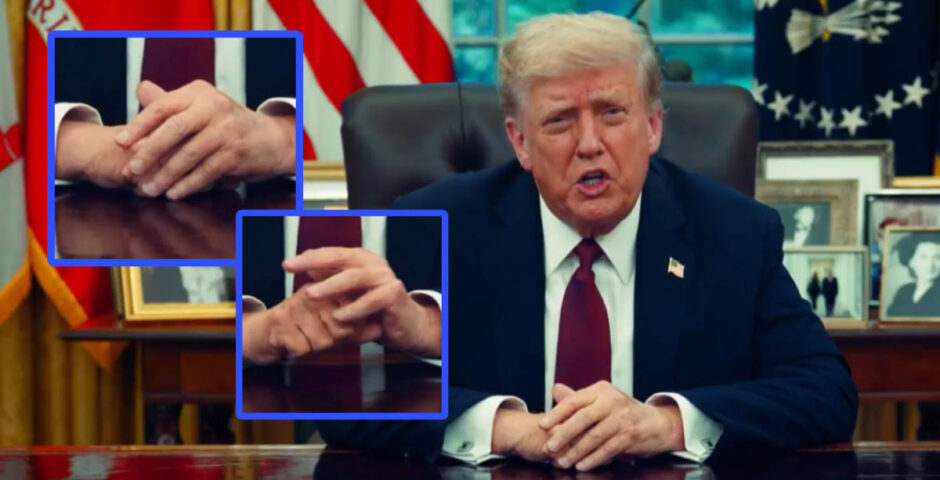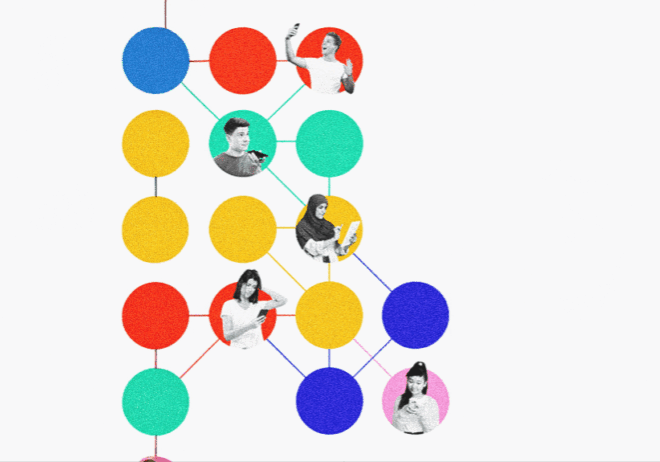
AI Just Changed Social Media Challenges Forever—Here’s How
Social media challenges have long relied on the enthusiasm of creators and the encouragement of algorithms—which makes AI emergence even more exciting. Rather than merely being tools that enhance trends. AI is actively shaping the trends, that is, creating viral moments from scratch and recontextualizing what a “trend” means.
By 2025, everyday users are not just scrolling. They have turned into mini-production studios armed with AI tools that allow them to create nice, surreal, or cinematic content in a few minutes. Platforms themselves have turned into controlled laboratories, testing grounds where human imagination and machine-infused creativity come together effortlessly. What used to take teams, budgets, and weeks of production can now be instigated by anyone anywhere in seconds.
In this article, we will explore how AI-generated challenges not only change how trends spread. But how we experience, engage with, and even interrogate, trends.
Meet the new challenger: AI (the savior)
Do you remember when challenges involved relatively simple things like lip-syncing a song, dancing, or even posting a throwback? Those quaint challenges seem very small now that AI is revving up the challenge culture
- Ease of creation: AI tools are so easy to use that even non-experts can create great edits, deepfake effects, and cinematic footage.
- Novelty factor: People are drawn to the surreal, uncanny, or hyper-stylized look that AI provides.
- Short attention spans: Platforms reward content that captures our attention quickly—ideal for the quick, frantic creativity that AI presents.
- Viral loops: When an influencer posts an AI-assisted challenge, copycat versions pop up on feeds overnight.

Going viral in the wild: AI’s presence everywhere
AI is not only curating what’s viral—it is redefining virality itself. Recent examples demonstrate the speed with which things can unravel when “newness,” “unexpectedness,” and “theatricality” come into play:
- OpenAI’s Avatar Fever (March 2025): Within hours of ChatGPT’s release of its upgraded image generator, users were creating unbelievable avatars, hyperreal landscapes, and surreal dreamscapes. During that time, usage spiked so high it had to be throttled. The notoriety proved just how hungry audiences are for tools that help them feel instantly more creative.

- NYC “Stop Hiring Humans” Billboards: AI-generated marketing prompted buzz and sparked conversations about work, automation, and authenticity. The marketing campaign blurred satire and social commentary as it inspired millions of debates on social platforms.

‘Stop hiring humans’ viral AI billboard
- Deepfake Charlie Kirk Videos: After his passing, AI-generated videos of Charlie Kirk providing posthumous speeches went viral—reviving existing discussions about morals and ethics of any technology that recreates public figures in AI applications. While some considered it a tribute, others.

The reasons for the surge in popularity
Challenges generated by artificial intelligence are soaring in popularity like never before due to their ability to blend accessibility, novelty, and shareability in ways traditional content can’t.
With eye-popping visuals and remixable formats, creators and audiences are irresistibly drawn to the excitement, experimentation, and social buzz that is created around the challenges. Below are what I consider to be the most significant reasons that these AI-generated challenges are taking off right now:
- Democratized access to tools: AI tools are cheap or free and embedded in largely used apps, leading to much more participation.
- Visual novelty and aesthetics: AI can create novel styles, transitions, and surreal effects that are harder to produce preAI, without advanced editing.
- Shareability and replication: Once a format emerges, remixing or copying that format with AI is less expensive than creating a filmed challenge from scratch, which enables those challenges to spread more quickly.
- Algorithmic enhancement: Platforms tend to reward content, with algorithms, based on content that retains attention—AI-generated visuals, transitions etc., help with that.
- Cultural curiosity/uncanny appeal: Viewers are drawn to content that is slightly ‘off’ or ‘surreal’ because it’s novel to them. That curiosity is appealing and can lead to viral content.
- Competition from brands/creators: Everyone wants to stand out. AI provides an accessible way to produce content that is typographically novel or premium relatively quickly.
Risks & repercussions to look for
Although AI-generated challenges provide excitement and often quickly become viral, there can often be significant ramifications. On social media, for instance, such content can lead to skepticism related to authenticity and privacy issues, which can compound for viewers and creators as they become exposed to more AI-generated material.
Whether everything seems to now be AI content, or if people are having genuine concerns over what’s real and what’s generated, misuse of images, deepfakes, and voice avatars in the digital space can contribute to violations of privacy protocols, being subjected to identity theft, or misinformation. In addition, if or when consumers become overly saturated with AI-driven content, novelty wears off quickly; the dialogue over copyright, the “creative spark” of humans, and labor displacement continues.
This is reflective of larger consumer trends in advertising. As recently highlighted in an Ad Pulse article, ad fatigue is now a genuine consumer sentiment. The ad fatigue sentiment is no longer tied to simply seeing too many ads—but people are beginning to turn off even ads designed with great attention. Marketers, brands, and media are feeling the heat in markets that are “overrun with marketing messages” in ways that were not previously challenged.
What’s next for AI challenge
It’s apparent that AI challenges are evolving as the latest trends signal the arrival of a new taste. Likely formats include interactive types, culturally localized effects, hybrid human + AI content, and so on. New formats will continue to develop to keep content new and fun.
At the same time, there may be new mandates from platforms for stronger transparency, and counter-movements may arise that embrace authenticity or want relationality driven by a rejection of AI. Ultimately, it will be interesting to see—do certain AI challenges stick around or fade away with time and novelty?
Cut to the chase
Social media challenges generated by artificial intelligence are sweeping in—and they are spreading virally like never before. Brands, creators, and fans alike are partaking. Wondering how all these trends spread so quickly? Learn about the artificial intelligence that drives this hype and stay ahead of it.


